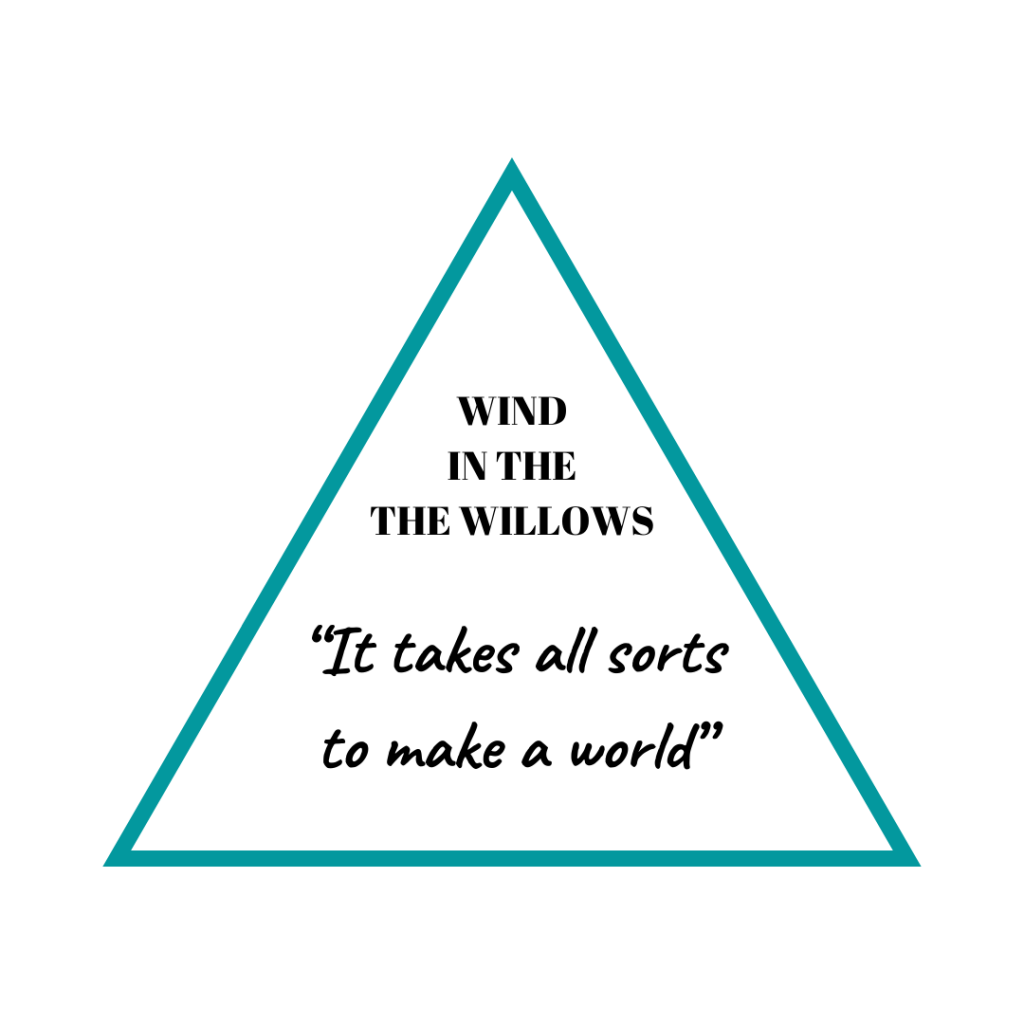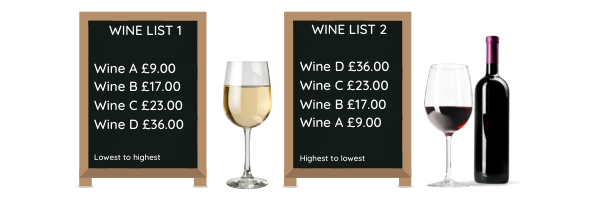
As Kenneth Graham said in Wind in the Willows – “It takes all sorts to make a world” and I have to say, it certainly does.
Following my previous blog “It’s what you do.. Not where you do it…”, I have been contacted by several people, who have asked for more information on behavioural economics, and the fact that most people do not know why they do the things they do.
Within my work, I have discussed the short comings in traditional market research, and the problem that I, you and your customers are NOT logical beings. So, I’ve been developing a new course to help bring some of the findings of Behavioural Economics (BE) into our world of marketing (as opposed to market research) with some clear-cut actions we can take to make our brands more desirable.
The 1st thing to note is the purpose of marketing. My dictionary defines it as “activities a company undertakes to promote the buying or selling of a product or service”. Marketing includes advertising, selling, and delivering products to consumers or other businesses. Now, that’s all true of course but isn’t the true purpose of marketing a lot simpler? Marketing is about changing behaviour. The behaviour of shoppers, consumers, customers, suppliers, stakeholders, etc. and to change those behaviours, we need to understand them.
Approx. 45% of all behaviours are habitual, i.e., repeating the same action in the same place whilst thinking about something else. The GP, who writes prescriptions for the same product all the time, the pharmacist, who displays the same brands for their ‘seasonal display’ every year, the shopper, who gets to checkout without remembering putting half the products in her basket. And for a habit to be sustained, it needs to respond to a cue, receive a reward and get repeated.
Cue…Reward…Repeat.
The most accessible part of the journey for marketers to interrupt is the cue section. How can we disrupt the cue to get the consumer/ customer to change their behaviour? Well, the good news is that subtle changes to existing products can have dramatic effects! IF you know what biases and behaviours are in play.
Before I go on to explain a couple of the most common biases (there are nearly 50) a quick question.
Which of the below signs would help you sell more, and why?

Have you ever tuned into Netflix, and after looking at the richness of its content (there are over 6655 films on Netflix UK) declared “There is nothing to see”? Well congratulations and welcome to the Paradox of choice or Choice Overload. And this is a situation we put our consumers/ customers into regularly! Right now, your Boss might be asking you to launch a new variant every 3 months, but it doesn’t help the consumer, customer and definitely not the shopper.. and this might explain why nearly 80% of product launches fail.
A second question for you.. Green is good right?
An interesting experiment by Zenith, the washing machine manufacturer, showed some interesting results. They sent a large group of consumers the same type of washing machine tablet, and over a period of time, they washed a load of clothes and reported back on the tablet’s performance. The twist was that half were told that they were testing a standard supermarket tablet, the other half, a ‘green’ variant. The consumers were not told the experiment was about ‘Green issues’ but about efficacy, although they did know whether they had the ‘Eco’ tablet or the ‘normal one’.
The results were clear. Those who used the ‘green’ variant rated the tablet as worse on all metrics.
Respondents scored the eco tablet 9% lower for both effectiveness and likeability, while the number of people who would recommend the product was 11% lower and the number who would buy it themselves 18% lower than for the standard version. This is a clear example of expectancy theory or bias: we experience what we expect to experience. And when it comes to ‘green’ products, we actually expect them to be worse than normal ones.
Now, I know you’re not the type of people who buy the 2nd cheapest wine on the menu, but I bet you know someone who does. This plays into the bias that is anchoring, where the 1st value of something seen has an undue influence on how subsequent values are perceived. So, have a look at the 2 wine list options below.

This how anchoring works. Wine list 1 anchors people at £9.00 and things get more expensive form that point on, up to £36.00. So, most people won’t opt for the cheapest wine at £9.00 but would splash out on a £17.00 bottle.
On Wine list 2, the anchor is a hefty £36.00 and whilst people may not spend that on a wine, suddenly £23.00 seems more reasonable. The average wine sale just went up from £17.00 to £23.00, just by altering the wine list order. Have a look next time you dine out. Is the wine list using BE to modify your behaviour? An extra tip is not to use the £ symbol and just use numbers, thus removing the feeling that you’re spending money.
Oh, and the answer to which was the most effective sales sign (£10.00 to £5.99). It was the 2nd one and sold 28% more.
If you want to know more, please contact me at the Consumer Healthcare Training Academy to find out and understand how the many other biases could help you stand out, breaking the cue…reward…repeat cycle that stops your brand even being considered by the consumer, customer and shopper. Fancy talking directly, drop me a message on LinkedIn.
And if you don’t believe that the human brain is so easily fooled, I have used a number of biases in this article, the 1stone being immediately after the title. Another example of expectancy bias.
Trevor Gore (XPotential and The CHC Training Academy)